Archive View
Grid View
List View
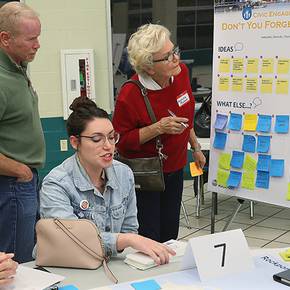
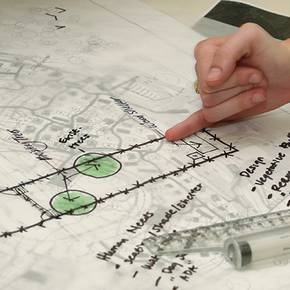
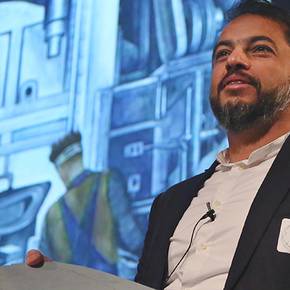
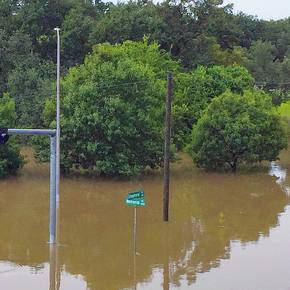
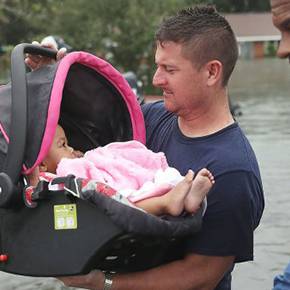
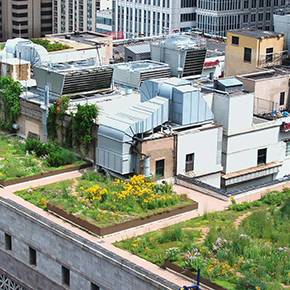
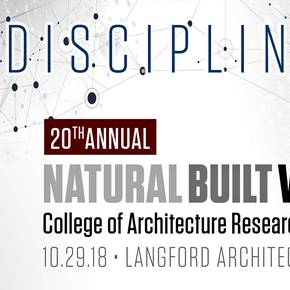
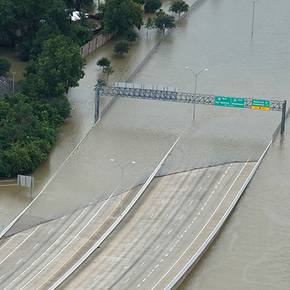
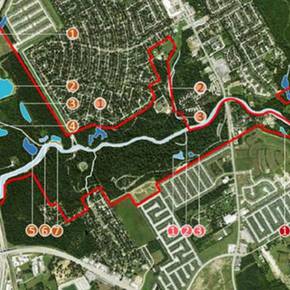
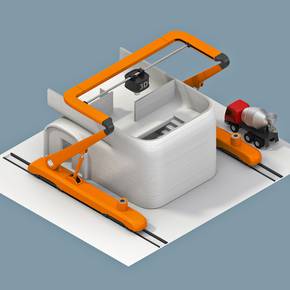
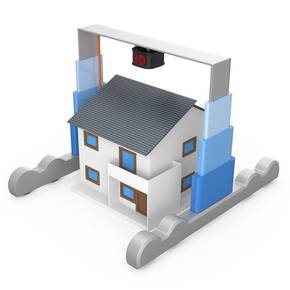
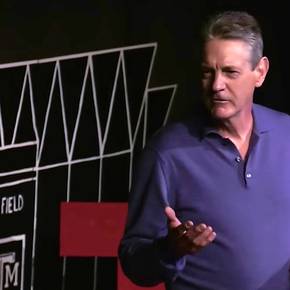
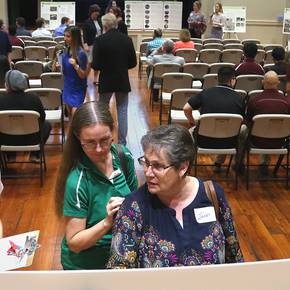
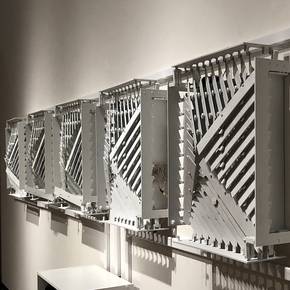
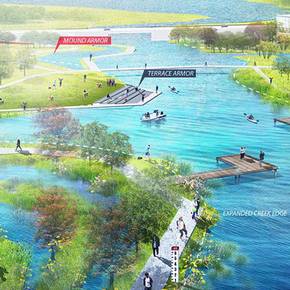
sustainability

Hurricane-battered towns get planning help from grad students
posted
November 20, 2018
Two small Texas towns recovering from Hurricane Harvey are getting help from Texas A&M urban planning graduate students.

Workshop to explore role of materials in landscape design
posted
November 20, 2018
Students will team with leading design professionals Feb. 15, 2019, at Aggie Workshop, a series of lectures and an afternoon design charrette hosted by the Texas A&M student chapter of the American Society of Landscape Architects.

Tech startup launch features Texas A&M architecture prof
posted
November 8, 2018
The launch in Austin of a new incubator for business ventures that feature sustainable practices was headlined by Ahmed Ali, Texas A&M assistant professor of architecture.

Planning profs studying systems, hazard plan links
posted
November 8, 2018
Two urban planning professors are looking to improve communities’ resilience to flooding by investigating the relationships between flood infrastructure systems, the communication networks between planning agencies and the natural hazard plans they create.

Planning prof notes post-Harvey city planning changes
posted
November 8, 2018
Hurricane Harvey’s widespread damage forced cities throughout the U.S. to take a more critical look at their infrastructure and hazard mitigation plans, said Galen Newman, Texas A&M associate professor of urban planning.

Prof finds how ‘green’ roofs can best mitigate heat waves
posted
November 8, 2018
As memories linger of a fatal 1995 Chicago heat wave, urban planners have new knowledge from researchers that included Sierra Woodruff, assistant professor of urban planning, to help them use “green” roofs to counteract the effects of future heat waves

Oct. 29 symposium spotlights college, faculty research
posted
September 5, 2018
The wide variety of research and creative work by faculty and doctoral students will be showcased at “Natural, Built, Virtual,” the college’s 20th annual research symposium, October 29, 2018, at Preston Geren Auditorium.

Professor studying effectiveness of flood resilience planning
posted
August 30, 2018
As flooding costs worldwide threaten to top $60 billion annually, Sierra Woodruff, Texas A&M assistant professor of urban planning, is studying whether natural hazard plans created by municipalities actually improve flood resilience.

LAND students help boost efforts to preserve habitats
posted
August 14, 2018
Future initiatives to ensure the preservation of plant and animal habitats in a suburban Houston public recreation area will be aided by land use maps and master plans created last spring by Texas A&M graduate landscape architecture students.

Faculty envision 3-D printing’s future, earn ‘Vision Award’
posted
August 14, 2018
In the future, structures will be created onsite by 3-D printers, and the construction and manufacturing industries will have much more in common, according to a multidisciplinary Texas A&M faculty team envisioning how technology will change building.
Faculty to develop 'green' 3-D printing building material
posted
July 30, 2018
To prepare for a future in which structures are built with material from large-scale, 3-D printers, College of Architecture faculty are developing and testing environmentally responsible printing methods in a two-year study funded by a $500,000 X-Grant.

LAUP prof delivers TEDx Talk defining 'uncanny wisdom'
posted
June 29, 2018
Seemingly rational choices, made in the wake of natural disasters, can produce unsound results due to “uncanny wisdom,” a term, coined by a Texas A&M urban planning professor, describing actions that eventually exacerbate problems they were meant to solve.

Students craft plans to relieve La Grange flooding problems
posted
June 22, 2018
As La Grange, Texas recovers from post Hurricane Harvey flooding, residents and elected officials are considering Texas A&M student proposals that address the town’s infrastructure, housing and transportation needs.

Arch profs showcase transformable design in iMOTION exhibit
posted
June 7, 2018
The future of architecture lies in design that converts, flexes and adapts to changing needs, according to Texas A&M College of Architecture faculty Negar Kalantar and Alireza Borhani, who explore transformability as a design tool in iMOTION, open through July 29, 2018.

Student's project showcased on international blog
posted
June 5, 2018
A Texas A&M student's design proposal for a coastal Texas city’s commercial and residential development, including natural and engineered solutions to prevent flooding, was featured on WLA, an international website showcasing student and professional work.
Follow Us
Facebook Twitter Vimeo Youtube Flickr RSS
Recent Posts

Planning prof heads study of disaster housing aid
June 12, 2020

A message from the dean
June 2, 2020

Former student remembered as expert planner
April 16, 2020

Leading educator named new head of Architecture Dept.
April 1, 2020

COVID-19 tests given in student-built clinic
March 30, 2020



_thumbnail_small.png)
